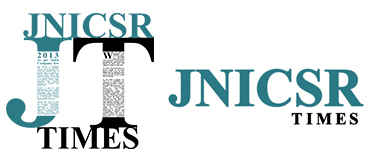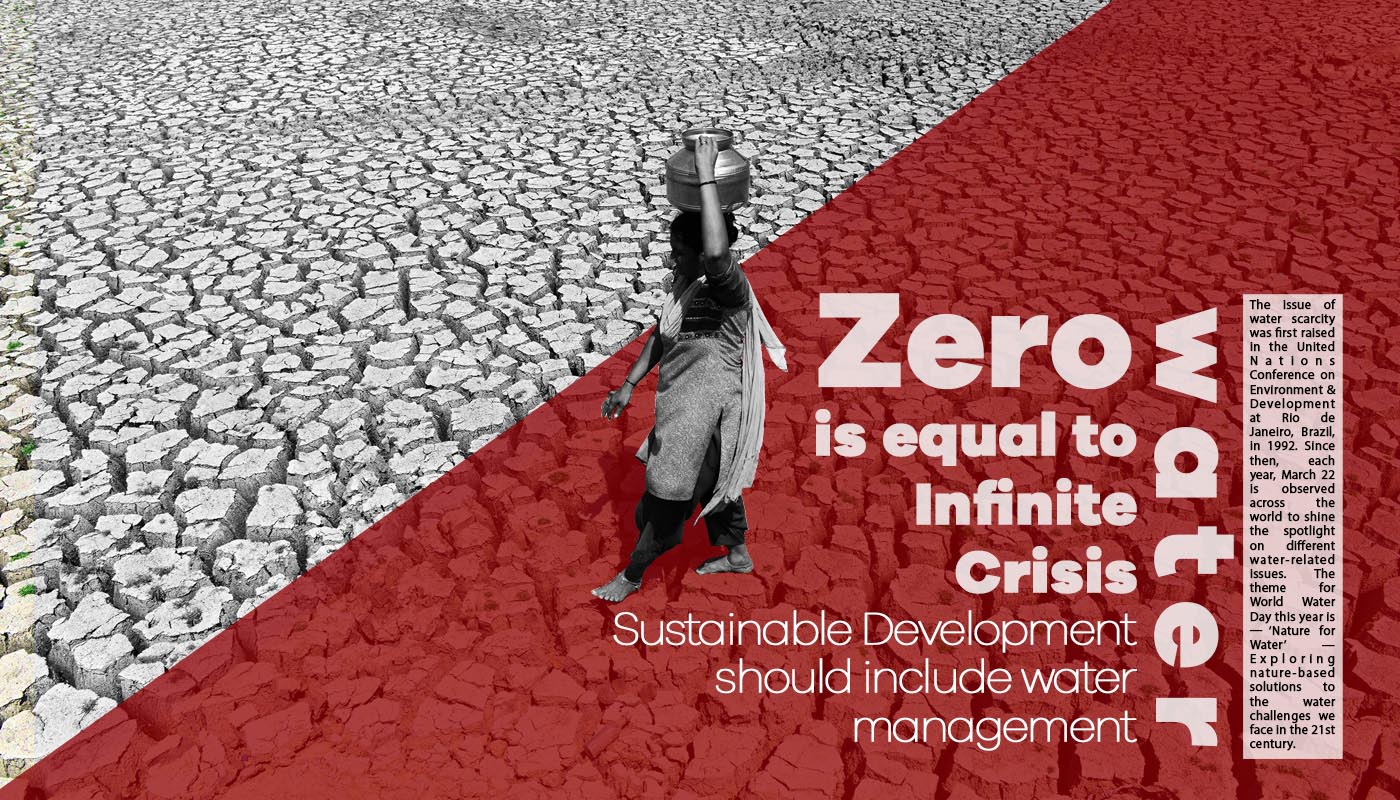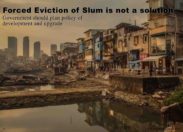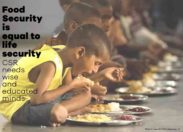Our global economies and population continue to grow faster than our water resources can sustain, and water scarcity is becoming a global problem that is putting more stress on regions already suffering extremely dry weather.
The ‘Day Zero’ – A situation when taps start running dry. ‘Day Zero’ marks the day when water supplies in reservoirs will drop below 13.5% and almost all taps in the city will be turned off. The idea of Day Zero is to focus everyone’s attention on managing water consumption as tightly as possible by cajoling water consumers into reducing usage.
Despite it being called ‘Day Zero’, the full-scale Emergency Stage 3 is set to go on for months. ” For this we should be prepared to live with very little water for at least three months and possibly up to six months after Day Zero, but it all depends on when rain falls in the water source areas that feed the dams,”.
When will Day Zero happen?
If taken care of the following points, then there won’t be a question of “When will ‘Day Zero’ happen?” –
- The day shifts. It depends on the amount of water above 450 million litres used by the city each day.
- For each day it exceeds that target, the shut-off draws nearer. But if the city uses less than that amount it moves further away.
- It is currently forecast for May 11 with dam levels currently at 25.9%. Experts say anything below 10% may be unusable.
Reasons for ‘Day Zero’ water crisis
- Population growing faster than water storage capacity
The city’s population is increasing at a faster rate, being the consumption level growing than the capacity of water being stored.
- Climate change due to human-caused global warming
The rainfall to the city’s catchment areas are coming later, dropping more erratically, and often missing the catchments altogether. For this “We have to acknowledge that carbon dioxide is finding its way into the atmosphere and has reached a new high leading to disturb the temperature. For you disturb the pressure and so, you start to see difference in the climate change.
- Insufficient rainfall
The primary reason is a drought caused by insufficient rainfall over the last three years, and low dam water levels. A rapidly growing population and heavy agricultural usage are also long-term factors for insufficient rainfall.
Affected Areas from ‘Day Zero’ Water crisis
The following are the areas which are at a danger zone of getting affected from “Day Zero”-
- Bangalore
The reason of Bangalore being into danger zone is the growth of new property developments following Bangalore’s rise as a technological hub and are struggling to manage the city’s water and sewage systems.
- Jakarta
Like many coastal cities, the Indonesian capital faces the threat of rising sea levels. But in Jakarta the problem has been made worse by direct human action. Because less than half of the city’s 10 million residents have access to piped water, illegal digging of wells is rife. This practice is draining the underground aquifers, almost literally deflating them.
- Gujarat
The low rainfall in the Narmada River’s catchment area is threatening to leave Gujarat without water for drinking or irrigation.
- Delhi
The deficient monsoon or low winter rainfall are bringing cities to their knees.
- Tokyo
The Japanese capital’s rainfall is concentrated during four months of the year – making it hard to collect water.
How can ‘Day Zero’ be controlled and prevented
- Rainwater harvesting
It might take three years to fully recharge the dams, but it would take only one major thunderstorm over the next 90 days to push Day Zero a little further out.
The need of an hour is to adapt much faster to water scarcity.
- A public commitment
We need a public commitment to avoid Day Zero and to never allow water resources to compromise the well-being of, its economy and ecology again. Another way is to improve the commitment to building water sensitive city – water connects us to all changing behaviour and management of water: ‘Conserve, Value and Enjoy Water’
- Right use of RO
The contaminated RO water, which is being wasted for around approximately 3 litres of contaminated water for 1 litre of purified water, can be used for other household things like car wash, gardening, to pour water in washing machine, toilets and the like.
- Alternative water sources are desalination and groundwater
To depend on the other sources of water, for the time being can at least diverse the collection point of water. These sources are desalination and groundwater.
Solution
If followed wisely and judiciously; the usage of water and keep a track for limiting the uses to 50 litres limit can be a helpful solution. For this a new restriction: Level 6B to be implemented for Indoor use. The limit figures can be as follows-
What can you do in a day with 50 litres of water?
Drinking – 3 litres
90-second shower – 10 litres
1 Toilet flushes – 9 litres
Food preparation and Pets – 1 litre each
Dishwashing by hand – 9 litres
House cleaning – 5 litres
Doing laundry once a week – 10 litres
Teeth and hands – 2 litres
By 2040, there will be no drinking water in almost all of India.
The issue of water scarcity was first raised in the United Nations Conference on Environment and Development at Rio de Janeiro, Brazil, in 1992. Since then, each year, March 22 is observed across the world to shine the spotlight on different water-related issues. The theme for World Water Day this year is — ‘Nature for Water’ — Exploring nature-based solutions to the water challenges we face in the 21st century.







Leave a Reply